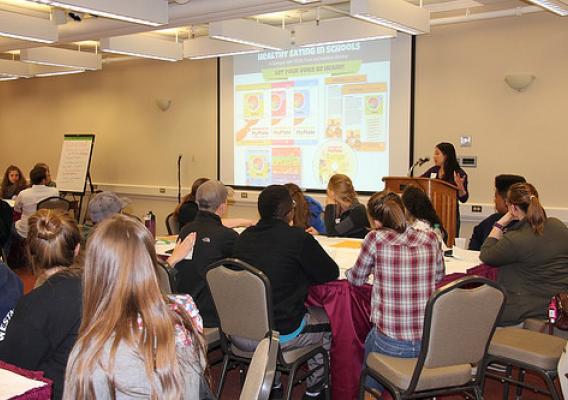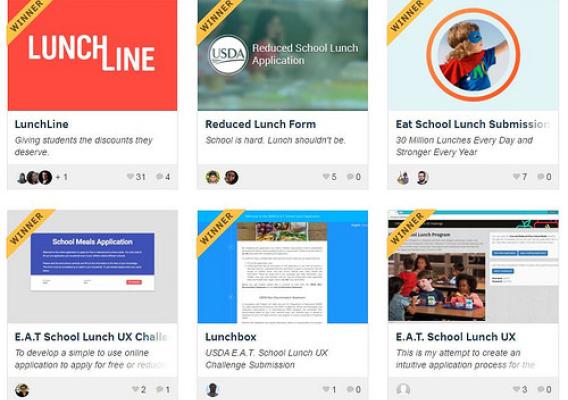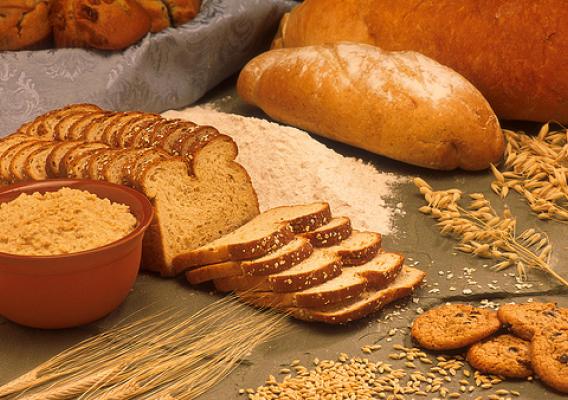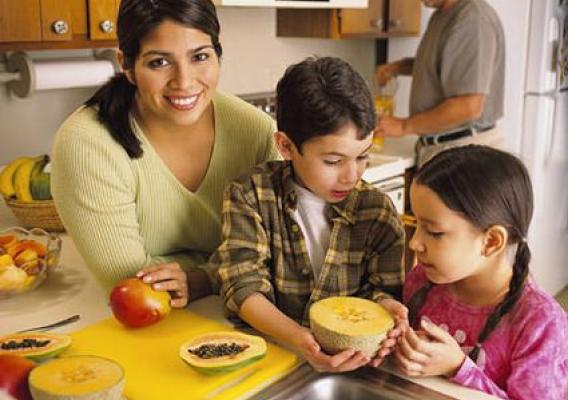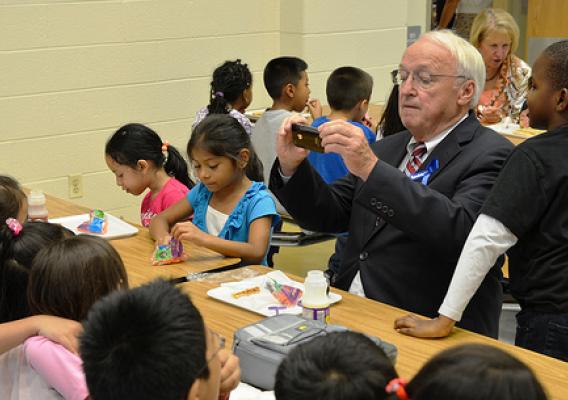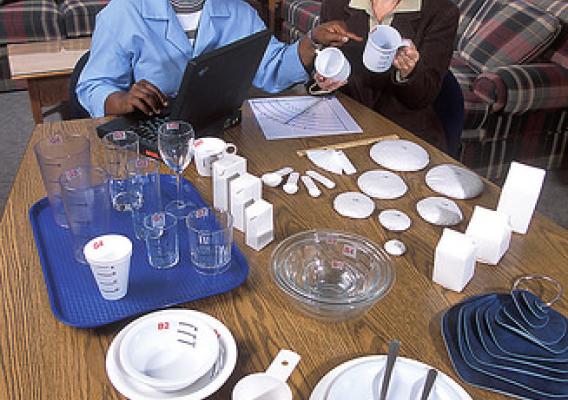March is National Nutrition Month. Throughout the month, USDA is highlighting results of our efforts to improve access to safe, healthy food for all Americans and supporting the health of our next generation. We could not have done this work without the support of our partners. Below is a story from one of our partners, the National CACFP Sponsors Association. Family child care homes, as well as some child care centers and afterschool programs, participate in Child and Adult Care Food Programs under sponsoring organizations. The ongoing support and training that sponsors routinely provide helps CACFP providers serve nutritious meals and keep children healthy.
By Vicki Lipscomb, President, National CACFP Sponsors Association
Did you know CACFP provides 1.9 billion meals and snacks for over 3.3 million children?
Hunger is unacceptable to everyone. To combat the food insecurity that one in four Americans face, there are a number of government programs designed to provide access to healthy food. Many people know about USDA’s school lunch program and you may have even heard of the WIC program, but did you know that the Child and Adult Care Food Program (CACFP) provides 1.9 billion meals and snacks to over 3.3 million children in child care centers, family care homes and after-school programs? In addition, CACFP provides that same access to over 115,000 elderly persons in adult day care.

